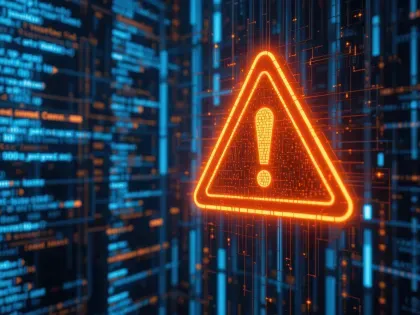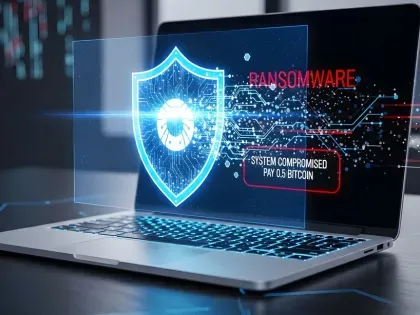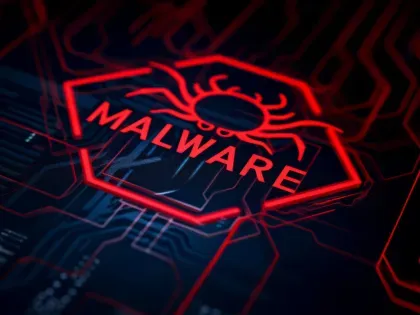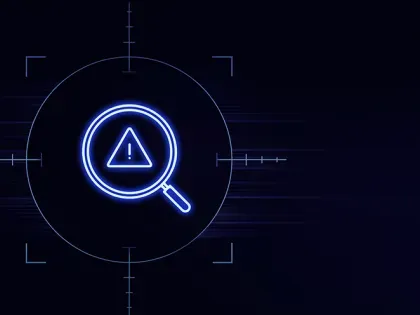Explore expert perspectives, data-driven strategies, and the latest trends in cybersecurity, third-party risk management, and cyber threat intel — all from the leader in cyber risk intelligence.
Blog

Featured blog
Bitsight TRACE research team found roughly 1,000 exposed MCP servers with no authorization in place, revealing new AI vulnerabilities. Read the report now.








